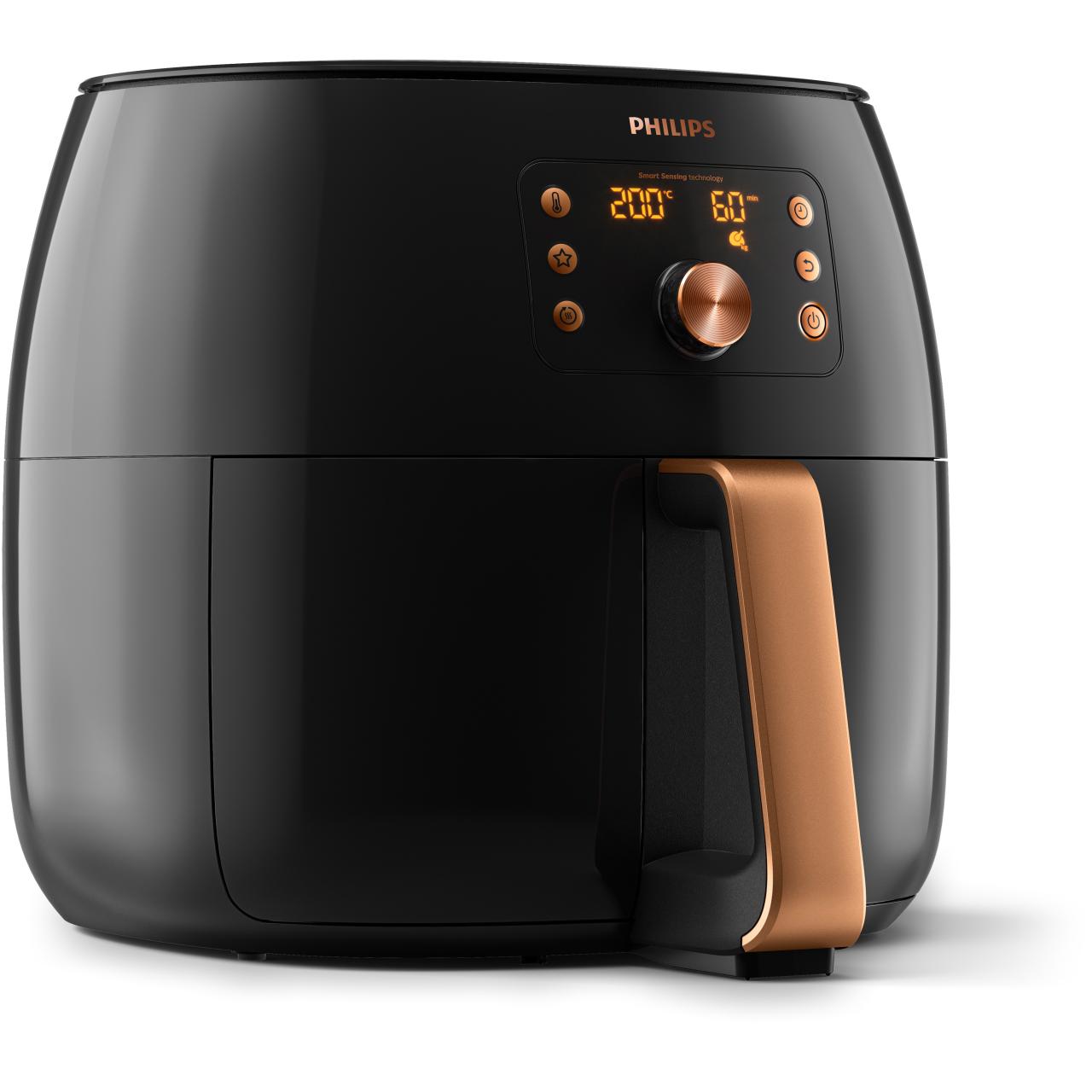Philips Hue Motion brings a new level of sophistication to smart home technology, transforming the way we interact with our living spaces. These innovative motion sensors not only enhance convenience but also integrate seamlessly with existing smart devices, creating a harmonious ecosystem that caters to both comfort and security.
With customizable settings and a user-friendly installation process, Philips Hue Motion allows homeowners to tailor their home automation experience to fit their unique lifestyles while also contributing to energy efficiency and improved safety.
Features of Philips Hue Motion

Philips Hue Motion sensors are designed to enhance the smart home experience by providing intelligent lighting solutions that adapt to your lifestyle. With their advanced technology and seamless integration capabilities, these sensors ensure that your living space is both functional and energy-efficient.
The unique features of Philips Hue Motion sensors include their ability to detect movement and ambient light, allowing for automatic lighting adjustments based on the time of day and occupancy. These sensors can be placed in various locations, such as hallways, bathrooms, or entryways, to ensure that lights turn on when you need them and turn off when you don’t, conserving energy and providing convenience.
Integration with Smart Home Devices
Philips Hue Motion sensors offer exceptional integration with other smart home devices, creating a cohesive ecosystem that enhances overall functionality. The following points Artikel key aspects of this integration:
- Compatibility with Philips Hue Ecosystem: The motion sensors seamlessly connect with the Philips Hue Bridge, allowing you to control your entire Hue lighting system through one platform.
- Connection with Smart Assistants: Integration with voice-activated helpers like Amazon Alexa, Google Assistant, and Apple HomeKit makes it easy to control lights hands-free.
- Linking with Security Systems: These sensors can be linked with security cameras and alarms, enhancing home security by triggering cameras to start recording when motion is detected.
Customization Options for Motion Settings
Customization is a significant aspect of the Philips Hue Motion sensor experience, allowing users to tailor the sensor’s functionality to their specific needs. Important customization options include:
- Motion Sensitivity Adjustment: Users can modify how sensitive the sensor is to movement, ensuring optimal performance in various environments.
- Brightness Levels: The sensors can be programmed to control the brightness of lights based on the ambient light detected, ensuring optimal visibility without overwhelming brightness.
- Scheduling: Custom schedules can be set, allowing users to determine when the motion sensors should be active or inactive, which is ideal for maximizing energy efficiency.
Benefits of Using Philips Hue Motion
Integrating Philips Hue Motion sensors into home automation systems provides a range of advantages that enhance both convenience and efficiency. This technology not only simplifies daily routines but also contributes to a more energy-efficient and secure living environment.
One of the primary benefits of Philips Hue Motion is its ability to streamline home automation processes. By detecting movement, these sensors can trigger lighting and other smart devices automatically, making it easier for homeowners to manage their living spaces without manual intervention. This feature is particularly beneficial in high-traffic areas such as hallways, kitchens, and entryways, where quick access to light is often needed.
Energy Efficiency Enhancements
Energy efficiency is a critical concern for many households, and Philips Hue Motion sensors play a significant role in reducing energy consumption. By utilizing motion detection technology, these sensors ensure that lights are only activated when needed, minimizing unnecessary energy use. This feature is especially impactful in areas where lights are frequently left on unintentionally.
The energy-saving benefits can be highlighted by the following points:
- Automatic shut-off: Lights turn off after a set period of inactivity, preventing energy wastage.
- Adaptive lighting: Lights can adjust their brightness based on ambient light levels, optimizing energy use throughout the day.
- Scheduling: Homeowners can program the system to activate lights based on their daily routines, ensuring lights are only on when needed.
This approach not only leads to reduced electricity bills but also contributes to a more sustainable lifestyle.
Security Benefits
Philips Hue Motion sensors also enhance home security by providing real-time alerts and automated lighting responses to potential intrusions. The presence of lights that activate upon detecting movement serves as a deterrent to would-be intruders, making homes less appealing targets.
Key security benefits include:
- Illuminated entry points: Lights turning on at unexpected times can simulate occupancy, discouraging break-ins.
- Alerts and notifications: Homeowners can receive instant notifications on their smartphones if motion is detected when they are away.
- Integration with security systems: The sensors can work in conjunction with other security devices, such as cameras and alarms, creating a cohesive security network.
Implementing Philips Hue Motion sensors not only enhances the overall comfort of a home but also ensures that energy efficiency and security are prioritized, making it a wise choice for modern homeowners.
Installation and Setup of Philips Hue Motion
Setting up Philips Hue Motion sensors brings convenience and efficiency to your home lighting system. With these sensors, lights can automatically turn on or off based on motion, adding an extra layer of comfort and energy savings. This guide provides a clear path to successfully install and configure your Philips Hue Motion sensors, ensuring optimal performance in your home.
Step-by-Step Guide to Installing Philips Hue Motion Sensors
Installing Philips Hue Motion sensors is a straightforward process. Follow these steps to get started:
- Gather Required Materials: Ensure you have your Philips Hue Motion sensor, a compatible Hue Bridge, and the Hue app installed on your smartphone.
- Install the Hue Bridge: Connect the Hue Bridge to your Wi-Fi router using the provided Ethernet cable. Power it on and wait for the lights on the Bridge to stabilize.
- Download the Hue App: If you haven’t already, download the Philips Hue app from your device’s app store. Create an account or log in.
- Add the Motion Sensor: In the Hue app, go to ‘Settings’ > ‘Light setup’ > ‘Add light’. Follow the prompts to add your motion sensor.
- Mount the Sensor: Choose a location for the sensor that is within range of the Bridge. Use the adhesive tape or screws to mount the sensor, ensuring it has a clear view of the area.
- Adjust Settings: In the app, customize the sensor settings, such as motion sensitivity and light duration. This allows for a tailored experience according to your needs.
- Test the Sensor: Walk in front of the sensor to ensure it detects motion and activates the lights. Adjust positioning if necessary for optimal performance.
Troubleshooting Tips for Common Installation Issues, Philips hue motion
While installing Philips Hue Motion sensors is generally straightforward, you may encounter some common issues. Here are troubleshooting tips to address these:
“Ensure that the sensor is within the effective range of the Hue Bridge and that there are no obstructions blocking the sensor’s field of view.”
- Sensor Not Detected: Check if the sensor is powered on and within range of the Hue Bridge. Consider resetting the sensor by removing the battery and reinserting it.
- Inconsistent Performance: Ensure the sensor is positioned correctly, ideally at a height between 7 to 9 feet with a clear line of sight. Obstructions can hinder performance.
- Connectivity Issues: If the sensor frequently disconnects, consider moving the Hue Bridge closer to the sensor or using a Zigbee range extender.
Checklist for Optimal Placement of Philips Hue Motion Sensors
For the best results, proper placement of your Philips Hue Motion sensors is crucial. Use this checklist to ensure optimal positioning:
- Height: Mount the sensor at a height of 7 to 9 feet for the best detection range.
- Field of View: Ensure the sensor has a clear line of sight to the area it will monitor, free from obstacles like furniture or walls.
- Area of Activity: Place the sensor where frequent motion occurs, such as hallways or entrances, to maximize functionality.
- Avoid Direct Sunlight: Install the sensor away from direct sunlight to prevent false triggers during the day.
- Environmental Considerations: Ensure the sensor is not placed in extreme temperatures or humidity, which could affect its performance.
Use Cases for Philips Hue Motion

The versatility of Philips Hue Motion sensors allows for a myriad of practical applications, enhancing both convenience and efficiency in various settings. By integrating motion sensors into everyday life, users can enjoy a seamless smart home experience that caters to their unique needs and preferences.
Philips Hue Motion sensors can be effectively utilized in multiple scenarios, from enhancing security to simplifying daily routines. Below are key use cases that illustrate how these devices can elevate home automation and outdoor experiences.
Indoor Applications of Philips Hue Motion
The motion sensors are perfect for various indoor scenarios, creating a more efficient and comfortable living environment. Here are a few notable applications:
- Automatic Lighting Control: Philips Hue Motion sensors can automatically turn on lights when someone enters a room and turn them off when they leave, conserving energy and ensuring that spaces are well-lit when needed.
- Security Enhancement: Using motion sensors to trigger lights can deter unwanted intruders, creating the illusion of occupancy and increasing home security.
- Convenience for Nighttime Activities: Placing sensors in hallways or bathrooms allows for soft lighting at night, offering safety without the harshness of bright lights when navigating in the dark.
Outdoor Applications of Philips Hue Motion
Philips Hue Motion sensors are equally effective in outdoor settings, enhancing both safety and ambiance. Here are creative ways to utilize them outside:
- Garden and Pathway Lighting: Installing motion sensors in gardens or along pathways can illuminate walkways upon detection, ensuring safe navigation during nighttime gatherings or late-night returns home.
- Patio and Deck Ambiance: Motion sensors can activate lighting on patios and decks, setting the mood for outdoor entertaining when guests arrive, making gatherings more enjoyable and inviting.
- Security for Entrances: Strategically placing motion sensors at entry points can trigger outdoor lights to deter trespassers and enhance security, providing peace of mind to homeowners.
Answers to Common Questions
How do Philips Hue Motion sensors improve energy efficiency?
They automatically turn lights on or off based on movement, ensuring that energy is not wasted when rooms are unoccupied.
Can I customize the sensitivity of Philips Hue Motion sensors?
Yes, users can adjust the sensitivity settings to prevent false triggers from pets or other movements.
Do I need a Philips Hue Bridge to use the motion sensors?
Yes, the Philips Hue Bridge is required to connect and manage the motion sensors with your smart home system.
What is the range of Philips Hue Motion sensors?
The sensors typically have a range of about 5 to 10 meters, depending on environmental factors.
Can Philips Hue Motion sensors be used outdoors?
Yes, Philips Hue Motion sensors can be installed outdoors, but they should be placed in weatherproof enclosures for protection.
The Galaxy Xcover is designed for those who lead an active lifestyle, combining durability with functionality. Its rugged exterior allows users to tackle tough environments without worrying about damage. Furthermore, this device excels in connectivity, making it an essential tool for outdoor enthusiasts and professionals alike.
For smart home enthusiasts, incorporating a Z Wave Home Assistant can significantly enhance your living space. This technology offers seamless integration with various smart devices, allowing for automated control and improved energy efficiency. By adopting this system, you can create a more connected and convenient home environment tailored to your needs.